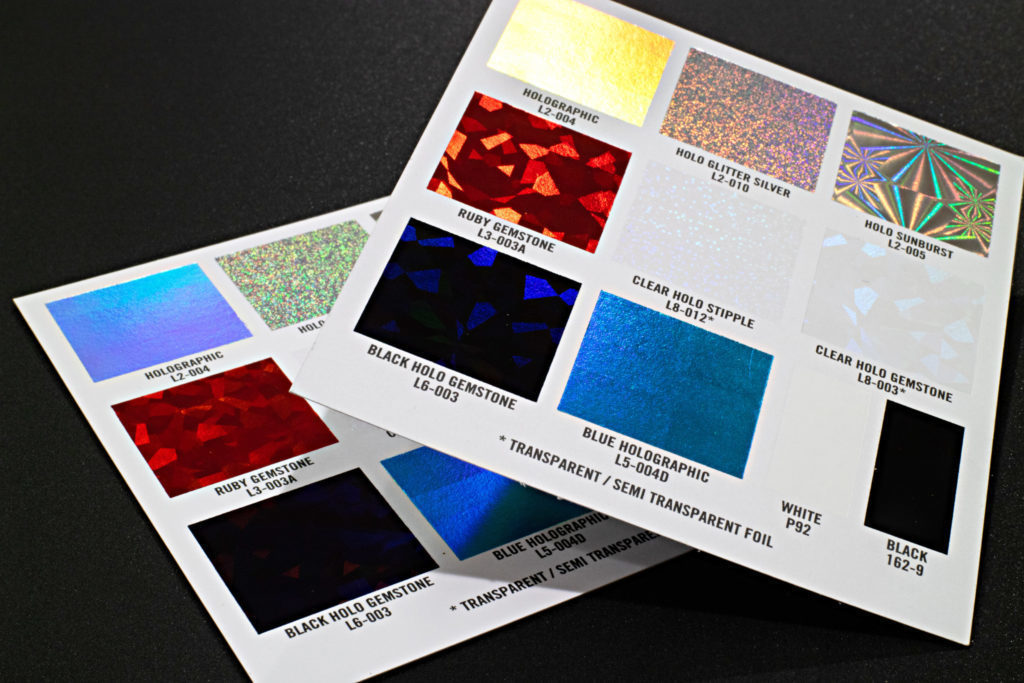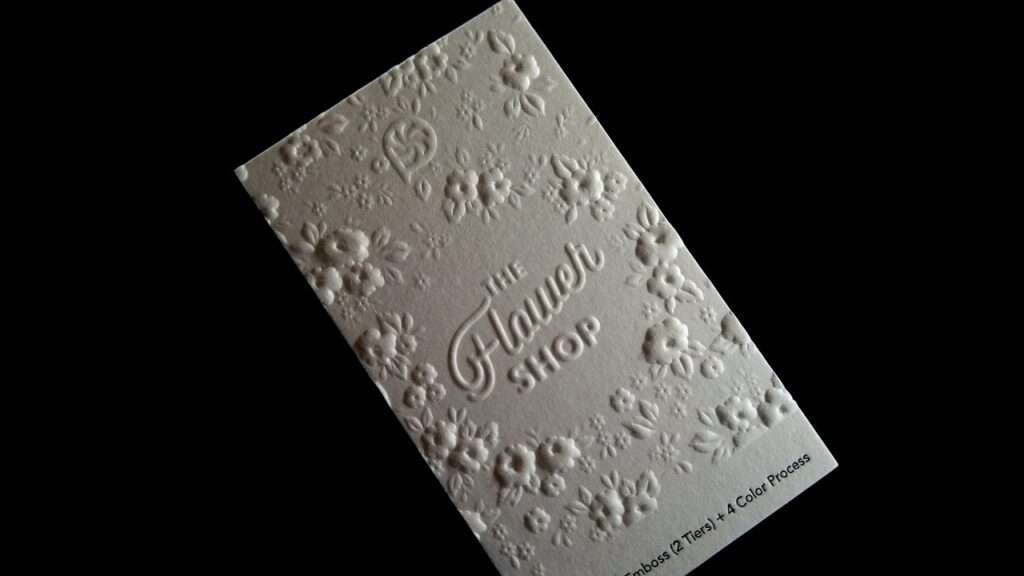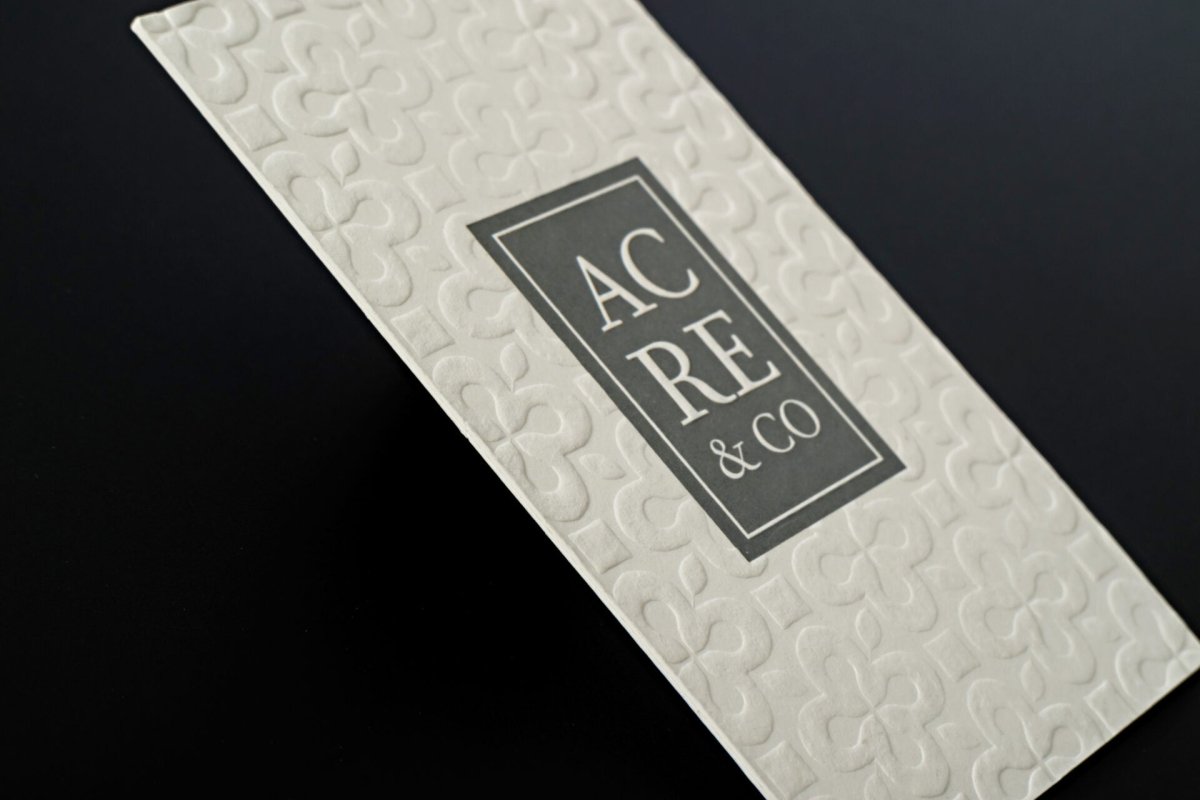
Credit Card Size - What are the Dimensions, Size, & Thickness?
adminShare
Ever Wondered What the Dimensions of a Credit Card Are?
You may have observed your credit card with a magnifying glass when it first came in. After all, it did look good and feel fascinating to touch.
Then you began swiping and purchasing and poof you were over your credit limit and never gave a second thought to your credit card size and its physical features.
But for the times you did wonder about your credit card dimensions:
- Why is it shaped the way it is?
- Why is it this particular size?
- What determines its look, feel and thickness?
Here are a few questions answered.
The thickness of a credit card
How thick is a credit card? Generally speaking, the standard thickness for a credit card is:
- 0.03 inches or
- 0.76 millimeters

Since mil is one-thousandth of an inch, the credit card thickness is generally 30 mil thick. It is a pretty good durable thickness for plastic cards and for good reason too. After all, your credit cards need to last given the amount of abuse it goes through, sliding in and out credit card machines.
Even if you have Credit Cards digital files as the images and want to share them at once without quality loss, then it's best to convert them into PDF prior to sharing. You could simply navigate to a dedicated source like theonlineconverter.com that lets you convert your existing images into PDF without any hassle.
What determines this standard size?
It’s usually the mag strip or magnetic strip on the back of the card that plays a part in establishing the standard credit card size.
- If your credit card needs to be inserted into a machine, it has to obviously match the size the machine is made for.
- Most money based credit cards require the standard CR80 size
Did you know? Plastic card companies even make cards thinner and thicker than this too? It all depends on the type of card.
- Money based credit cards need to have the same thickness for credit card machines
- Other cards can be thinner or thicker depending on use
If a card is set at a thickness of 20-24 mil:
- The card feels more flexible
If a card is set at a thickness of around 10-15 mil:
- The card feels as thin as paper
If a card is set at a thickness of .76mm (30 mil) and higher:
- The card is generally used for parking garages and getting into buildings
Now that the thickness of a credit card is sorted, let’s move on to credit card size.
All you need to know about the size and dimensions of a credit card
Without preset credit card dimensions, it would be tough on credit card machines as certain machines would be proprietary to certain cards and not others. No, it’s good that credit cards come with a specific size in place.
But what size is a credit card exactly? The question is pretty simple but it can have varying responses. After all, there are international standards for the size of credit cards.
All in all, there are four different standard sizes for identification cards. Every one of them has names:
- ID-000
- ID-1
- ID-2
- ID-3
While the standard credit card size is ID-1 and is usually known as CR80, it consists of the following dimensions so you can say the credit card size in inches is:
- 3.37 inches in width (that is 85.6mm)
- 2.125 inches in height (that is 53.98mm)
So all in all, the card you get to conduct standard business transactions is about 3.5 inches by 2 inches. This encompasses any card from credit and debit purchases to gift card use.
Reasons why credit cards all have the same size
It can be stored in your wallet conveniently.
- If not for its pre-determined size, it would be nerve-wracking to manage all of those credit cards in your wallet.
- This makes it easier to find a wallet that makes it seamless to store all of their credit cards
Besides this,

It ensures relevant entities can interact with credit cards in a better way.
- Credit cards that share the same measurements can make it easy for businesses to use a single card reader that can accommodate these measurements
- You won’t need a variety of card readers that can address the entire range of measurements
While having the same measurements for all credit cards can seem like a minor prerequisite, it can have far-reaching outcomes that are enough to make it a serious matter.
Who started this requirement in the first place?
- The pre-determined measurements for credit card size and credit card thickness were put into place owing to international cooperation.
- The International Organization for Standardization was the first organization of its kind to be so successful.
- Having said that, there were plenty of organizations before the International Organization for Standardization that sought to standardize these aspects.
- None truly made an impact as much as the International Organization for Standardization.
You may think that the credit cards look the way they do because it makes it easier to fit into your wallet. The truth of the matter is that they are made to fit specific standards set by the International Organization for Standardization (ISO).

New and improved but still the same old
Your credit cards have changed and altered a lot over the years. Their size, thickness, and dimensions nevertheless remain the only constant.
Technology is always updated. You can run your credit card through a small roller and get a copy of the numbers on the card. You can put cards into a chip reader and swipe the magnetic stripe but the look and feel of it continue to remain the same.
All in all, you can pick a credit card for you depending upon:
- Design based on how it looks
- Material depending upon what is made from
- Other features such as rewards program, APR and other perks
Come what may, you always have the assurance that it won’t be too big or too small. This makes it easy to slip it into your wallet seamlessly.
So while the individual sitting at the side of you may not necessarily have the same credit card debt as you, one thing is sure. Both of your credit cards are the same.


